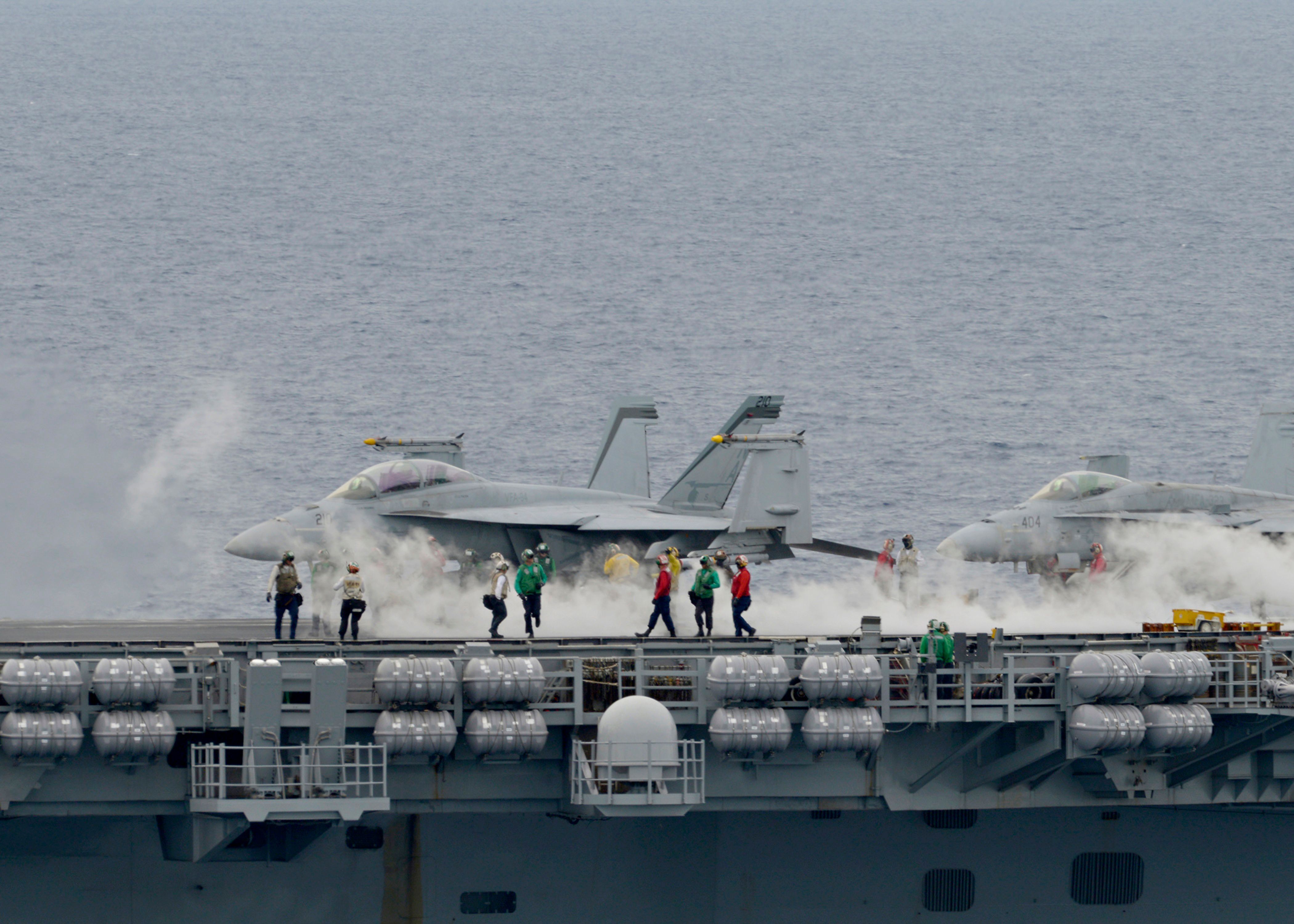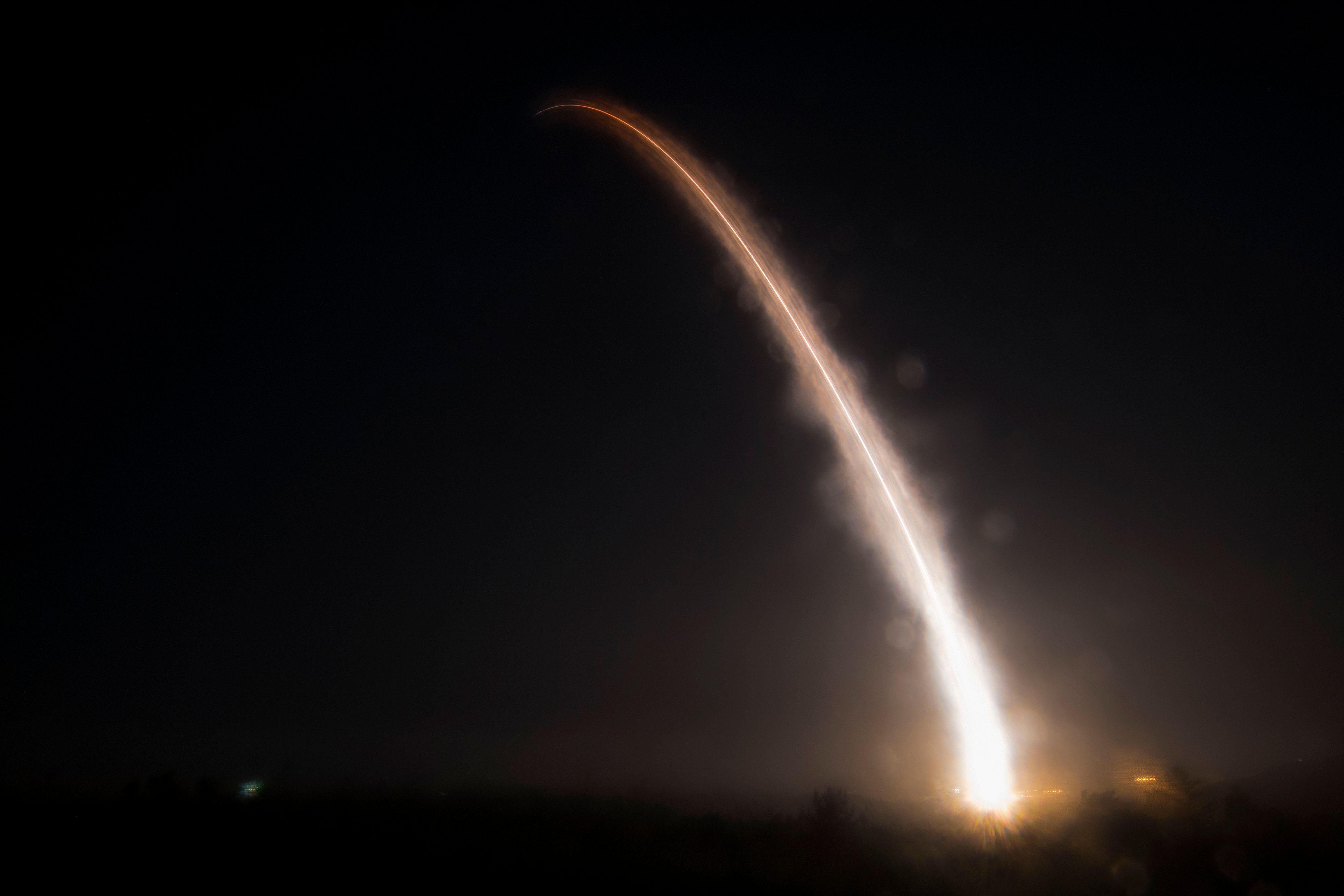U.S. and Russia Re-launch Strategic Stability Dialogue
On 28 July in Geneva, U.S. and Russian delegations, led by deputy foreign ministers, held strategic stability talks, the first such meeting since October 2020 and since Joe Biden took office as president. Both sides assessed the meeting positively and stated they want to continue the dialogue, but they differ substantially on the priorities in future negotiations. The possible scope should be indicated by the topics of expert working groups, which are to be determined at the next session at the end of September.
_Easy-Resize.com.jpg) Fot. Mikhail Metzel/TASS
Fot. Mikhail Metzel/TASS
What are the U.S.-Russia talks about and what is their origin?
The meeting was a direct result of the Geneva summit in June when the U.S. and Russian presidents committed to re-launch a dialogue on measures regarding arms control and reduction of the risk of war. Similar talks had been held by the U.S. with the USSR/Russia since late 1960s. Strategic stability has usually been defined as a state in which neither of these countries has an incentive to launch a first nuclear strike on the other because it would not be able to destroy all of its adversary’s nuclear forces and avoid a devastating retaliation. The main diplomatic instrument to fulfil that goal was a series of nuclear arms control treaties, including the New Strategic Arms Reduction Treaty (New START, NST) from 2010, which is in force until 2026 and limits intercontinental-range nuclear forces. Development of the next agreement will be the main objective of the current talks, with the U.S. and Russia seeking to also constrain types of armaments not covered by the NST.
What are the U.S. priorities?
The U.S. seeks to limit all types of Russian nuclear weapons. In addition to strategic forces covered by the NST (ballistic missiles, bombers), the Russian arsenal also includes new types of intercontinental-range systems (nuclear-powered cruise missiles and underwater drones), a large and growing number of non-strategic nuclear weapons capable of striking American allies and troops in Europe and Asia (e.g., Iskander missiles), and warheads in reserve. Such aims were already pursued by the Trump administration. Biden, on the other hand, will be more willing to seek compromise with Russia, as indicated by his remarks on both the importance of arms control in preventing accidental conflicts and a desire to reduce spending on nuclear weapons. He has already agreed to unconditionally extend the NST by five years while Trump was making a (shorter-term) extension dependent upon additional Russian concessions.
What does Russia want?
Russia argues that next agreements should take into account not only strategic weapons but also other U.S. systems, which in the Russian view might be used to weaken Russia’s retaliatory capability: missile defences (including the hypothetical possibility of placing interceptors in space), long-range conventional missiles (including hypersonic weapons), and cyber-offensive capabilities. The Russian definition of arms that could be used in a “first, disarming strike” also applies to U.S. nuclear bombs deployed in Europe. Russia might also try to make progress in the talks dependent upon the U.S. agreeing on a proposal of a moratorium on deployment (first in Europe, then in Asia) of ground-launched intermediate-range missiles (500–5500 km), formerly banned by the now defunct INF Treaty. U.S. withdrew from the INF Treaty in 2019 in response to Russia violating it by developing and deploying the 9M729 cruise missile.
What are the prospects for the talks?
Finding a compromise will be difficult, especially in areas other than strategic forces. Russia has long been unwilling to discuss its non-strategic nuclear arsenal and has conditioned the launch of such talks upon the U.S. withdrawing nuclear weapons from Europe. The U.S. could try to gain some concessions on non-strategic weapons by linking them to its consent on maintaining limits for strategic forces, although it is highly uncertain whether such a tactic would be effective. Biden’s room for manoeuvre as regards the treaty-based concessions will be limited by resistance in Congress, especially in case of missile defences, the aim of which is to counter threats other than large-scale intercontinental ballistic attacks from Russia. The intentions of the new U.S. administration regarding ground-launched intermediate-range missiles are not clear. It continues the development of such conventionally-armed systems and has not agreed to the Russian moratorium proposal, but it also has not specified whether it plans to deploy those missiles in Asia and/or Europe.
Which matters will be particularly important for Poland?
Verifiable limitation of Russia’s non-strategic nuclear weapons would be in Poland’s interest, but this will be a huge challenge for the U.S. It is extremely unlikely that Russia will agree to cuts in such arms deep enough to justify the withdrawal of much smaller U.S. nonstrategic nuclear forces from Europe. Therefore, most important for Poland will be that the U.S.-Russia talks do not result in a weakening of NATO’s deterrence and defence capabilities. It is also important that the Alliance’s ongoing review of responses to the growing Russian missile threat include the assessment of utility of intermediate-range missiles in Europe and that the U.S. takes it into the account in talks with Russia. Moreover, it cannot be ruled out that the U.S. will decide to limit the types of interceptors to be deployed at the missile defence site at Redzikowo and/or will ask Poland to allow Russia to inspect the base.





